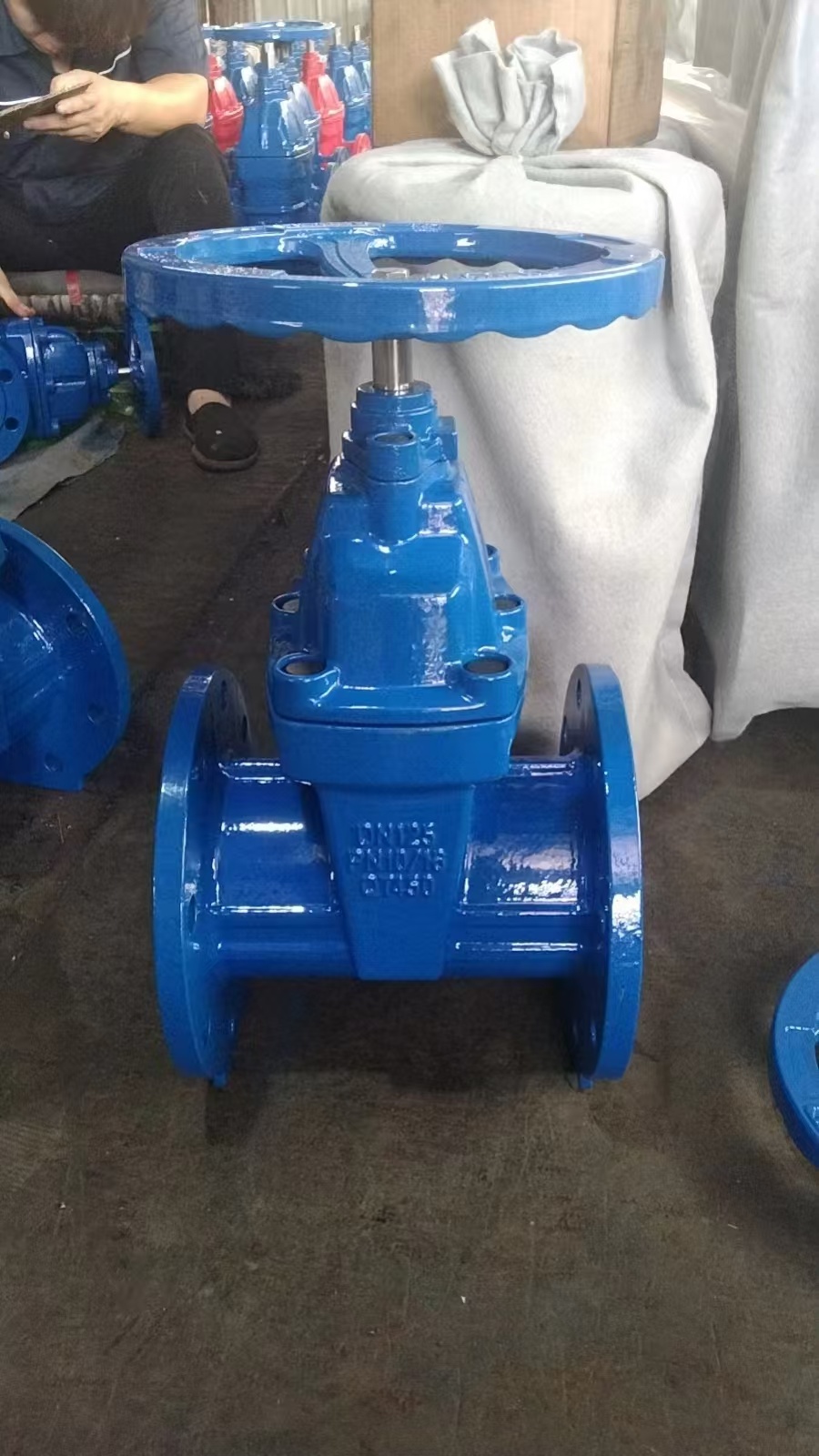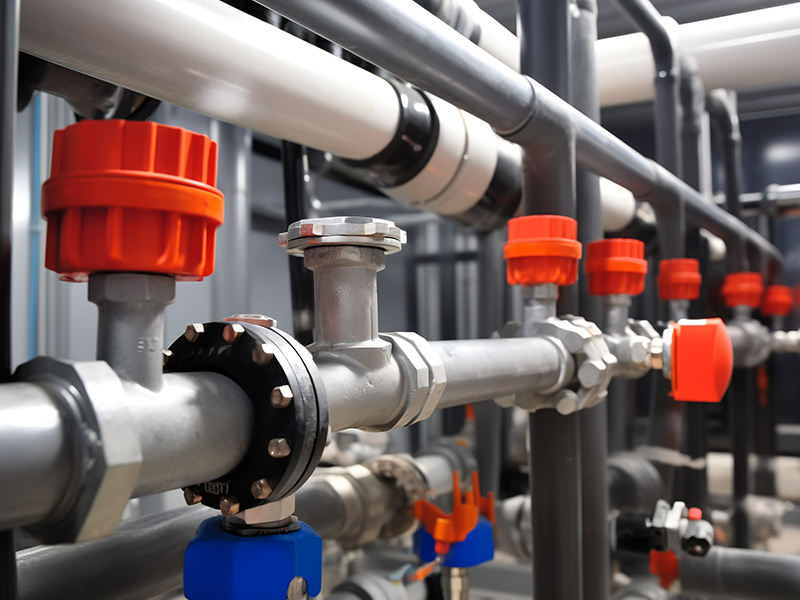Why can soft sealed gate valves achieve zero leakage
Release Time:
Aug 13,2025

The core principle of why soft sealed gate valves can achieve "zero leakage" (usually referring to reaching the highest leakage level specified by API 598 and other standards, such as VI level) lies in their unique sealing structure and material characteristics. The following are the key reasons:
Application of elastic sealing materials:
Core material: The seat sealing surface of soft sealed gate valves (sometimes also used for gate sealing surfaces) is made of non-metallic materials with high elasticity and good resilience, the most common of which are rubber (such as NBR, EPDM, VITON, etc.) or polytetrafluoroethylene.
Microscopic filling: These soft materials undergo elastic deformation under the pressure applied by the gate when the valve is closed. This deformation can fill any micro unevenness (scratches, machining marks, small deformations, etc.) on the contact surface between the gate and the valve seat, forming a continuous, gapless sealing line or sealing band. This is difficult to achieve with a hard seal (metal to metal) because the microscopic protrusions and indentations on the metal surface are difficult to fully adhere to.
Adaptability: Soft materials have relatively low requirements for the precision of sealing surface processing, and can better adapt to small deviations that may occur during manufacturing and assembly processes.
Optimized sealing structure design:
Lip seal/squeeze seal: Many high-performance soft seal gate valve designs adopt a "lip seal" structure. The valve seat is designed with one or more flexible "lips". When the gate descends and closes, it first contacts the lip and compresses it inward to deform. As the closing force increases, the lip edge is pressed against the sealing chamber formed by the gate and valve body, resulting in line contact or narrow band contact, and a very high sealing pressure (pressure per unit area) is formed in the contact area.
O-ring/elastomer assisted sealing: Soft sealed valve seats are usually not directly rigidly fixed to the valve body, but are embedded in a movable valve seat ring with elastic elements (such as O-rings or elastomer packing) designed behind the ring. This provides axial or radial floating compensation capability for the valve seat. When closed or subjected to system pressure, the valve seat can produce slight movement, continuously compressing the gate plate, ensuring uniform distribution of sealing force and automatically compensating for possible trace wear or thermal expansion and contraction.
High sealing pressure under low operating torque: Soft materials can generate sufficient elastic deformation at relatively low operating torque, forming a high sealing pressure. In contrast, hard seals require a very large closing torque to produce sufficient plastic deformation or very high contact pressure on the hard metal surface for sealing (which may also require precise grinding and fitting).
The achievement of the "zero leakage" standard:
API 598 Level VI Sealing: Industrial standards such as API 598 have strict classification for valve leakage. VI level is the most stringent requirement for air leakage (usually requiring the number of bubbles leaked per minute to be in single digits or zero at a specific pressure). The soft sealing structure, with its excellent elastic sealing ability, can easily meet or even exceed the VI level standard. However, most hard sealed gate valves can usually only reach Class IV (suitable for shut-off valves) or Class V (requiring special grinding and higher pressure testing).
Bubble testing: In applications requiring "zero leakage", soft sealed valves perform well in bubble testing because even tiny bubbles cannot pass through a sealed interface completely filled and compressed by elastic materials.
Compared to the limitations of hard seal gate valves:
Microscopic leakage: The surface of a hard seal (metal/metal) always has a certain degree of roughness and peaks and valleys at the microscopic level. Even after precise grinding, it is extremely difficult for two hard surfaces to completely adhere without leaving any channels for fluid to pass through, especially for low viscosity media such as gases. This is called 'micro leakage'.
Thermal deformation and wear: Temperature changes or wear during use may increase the fit gap between hard sealing surfaces, increasing the risk of leakage. Soft seals have better compensation ability for thermal expansion, contraction, and slight wear due to the elasticity of the material.
High precision requirements and cost: Achieving low leakage (such as V-grade) hard seals requires extremely high machining precision (grinding fit) and surface smoothness, which is costly. Soft sealing achieves higher levels of sealing relatively more economically.
sale@cnbestvalve.com WhatsApp: +8613333075295





